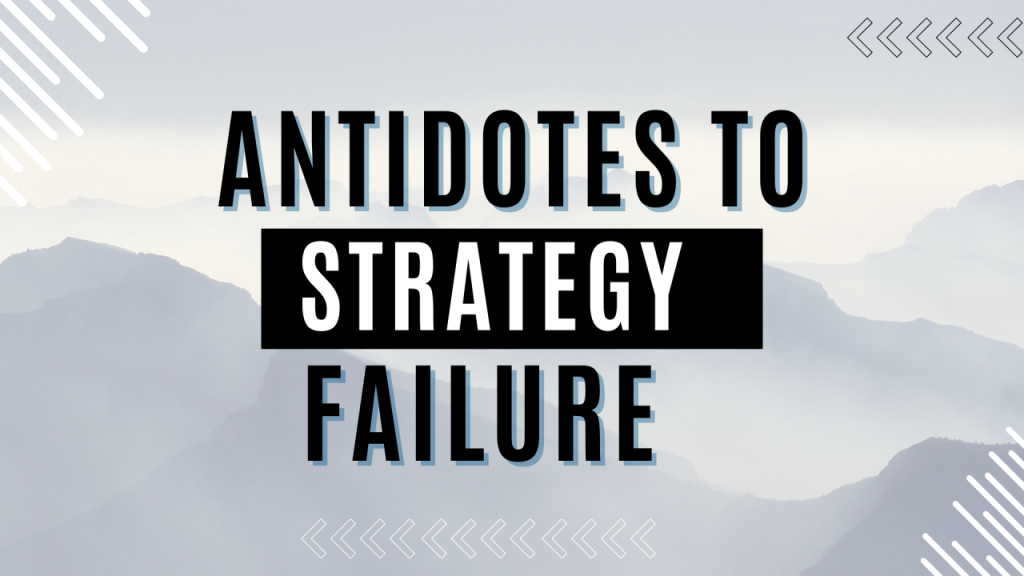Adaptive Strategy Framework:
- Develop a flexible strategy that can be adjusted based on changing market dynamics.
- Foster a culture of adaptability within the organization to respond swiftly to evolving circumstances.
- Diversify your portfolio across different asset classes, industries, and geographies to spread risk.
- Avoid over-concentration in a single investment, as it can amplify losses during market turbulence.
- Build a team with diverse skills and expertise to handle various aspects of portfolio management.
- Invest in continuous training to keep your team updated on the latest market trends and investment strategies.
- Conduct scenario analysis to anticipate potential future developments and their impact on the portfolio.
- Prepare contingency plans for different scenarios to enhance decision-making under uncertainty.
- Leverage advanced analytics, artificial intelligence, and other technological tools for data-driven decision-making.
- Use technology to enhance portfolio modeling, risk assessment, and performance monitoring.
- Volatility can trigger panic and impulsive decisions. Maintain a calm and rational approach to investment decisions.
- Focus on aspects you can control like your asset allocation and risk management, rather than dwelling on market movements beyond your influence.
- Establish a systematic process for regularly evaluating and validating assumptions underlying your portfolio strategy.
- Question the validity of each assumption. Ask yourself and others whether these assumptions are necessarily true or if there are alternative ways of looking at the situation.
- Closely monitor market movements and stay informed about key developments that could impact your portfolio.
- Regularly stress test your portfolio against different volatility scenarios to identify potential vulnerabilities and proactively address them.
- Establish transparent and effective communication channels with stakeholders.
- Communicate changes in strategy, risk exposure, and performance regularly to build trust and manage expectations.
- Maintain a long-term perspective in portfolio management, focusing on fundamental values and strategic goals.
- Resist the temptation to make impulsive decisions based on short-term market fluctuations.
That's all in this article. Once again, thank you for being part of this weekly newsletter series. I kindly ask for your continued support. Liking, sharing, and subscribing to this newsletter series is a simple yet powerful ways to show your appreciation. By doing so, you not only help me reach a wider audience but also contribute to building a thriving community of knowledge seekers and enthusiasts.
With heartfelt gratitude,
Kailash Upadhyay
Addon Skills: Adding Skills To Lead
